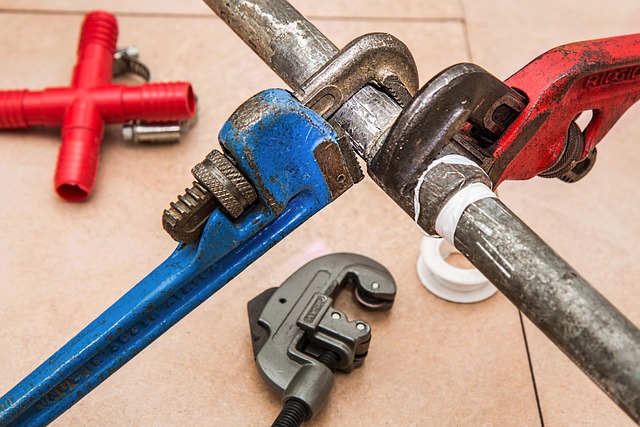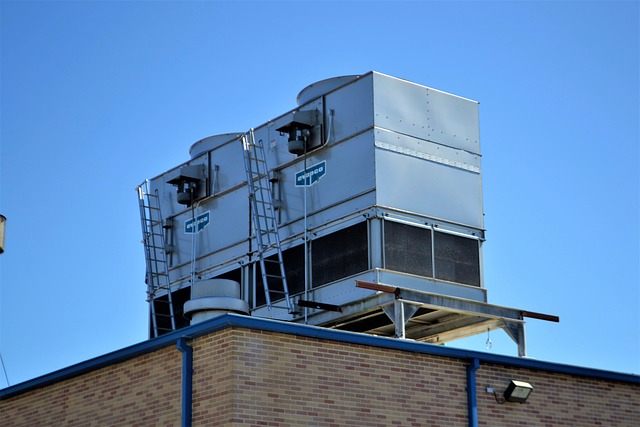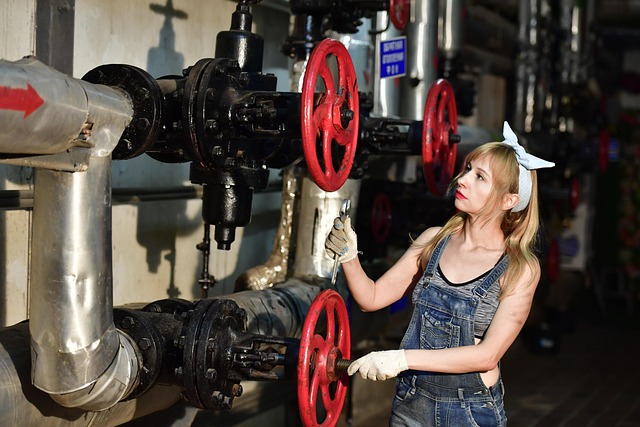Professional plumbers highlight rust as a critical indicator of potential plumbing problems, especially in older structures. Rust, visible as reddish-brown or orange patches, is common at joints and fittings due to moisture exposure and water pressure. Signs include discolored patches, flaking paint, cracks, and holes. Persistent leaks, reduced water pressure, and unusual odors are associated with these areas, indicating compromised pipe integrity. Regular visual inspections every few months are recommended, especially in prone areas. Early detection by a professional plumber prevents costly future plumbing renovations caused by issues like persistent leaks, drain clogs, and unusual odors.
“Uncovering rust in your home’s plumbing system is a critical step in maintaining a safe and efficient environment. This article guides you through the process of identifying visible rust on pipes and addressing suspected plumbing problems. From spotting corrosion to understanding persistent leaks, water pressure fluctuations, and unusual odors, we equip you with knowledge. Learn when to seek professional help from a plumber, exploring services for repair, replacement, and maintenance. Stay proactive in managing plumbing issues for a secure home.”
- Identifying Visible Rust in Pipes
- – What to look for: Signs of corrosion and damage
- – How often to check for visible rust
Identifying Visible Rust in Pipes

Professional plumbers often look for telltale signs of rust when inspecting pipes. Visible rust can be an early indicator of plumbing issues, especially in older homes or buildings. It typically manifests as a reddish-brown or orange coating on the pipe’s surface and is more pronounced in areas exposed to moisture. This rust can be easily spotted along joints, bends, and fittings where water pressure points are highest, leading to persistent leaks over time.
If you notice these rusty patches or experience constant drain clogs and unusual odors coming from your pipes, it’s a good indication that water pressure is damaging the pipe’s integrity. Prompt action is essential to prevent further damage. A professional plumber can assess the extent of rust and recommend solutions, ensuring your plumbing system remains efficient and free from costly repairs related to water pressure issues or persistent leaks.
– What to look for: Signs of corrosion and damage

When it comes to identifying rusty pipes, a professional plumber recommends keeping an eye out for several telltale signs. Corrosion often manifests as discolored patches or visible rust on pipe surfaces, especially in older plumbing systems. Look for flaking or peeling paint near pipes, which may indicate underlying corrosion. Damage can include cracks, rust-through holes, or weakened joints, leading to persistent leaks. Over time, these leaks can significantly reduce water pressure and even cause drain clogs as mineral deposits build up.
Another important sign is the presence of unusual odors coming from pipes and fixtures. This could be an early indication of corrosion or bacterial growth within the plumbing system. Persistent leaks and low water pressure should prompt immediate inspection by a professional plumber, as they can assess the extent of damage and recommend appropriate repairs to prevent further complications.
– How often to check for visible rust

It’s recommended to conduct regular visual inspections of your pipes, ideally every few months, especially in areas prone to moisture or corrosion. A professional plumber can help identify signs of rust, which may not always be immediately obvious. Look for discolored patches, flaking or peeling pipe material, and any visible pitting on metal surfaces. These are all indicators of potential plumbing issues that could lead to persistent leaks, reduced water pressure, or even the development of drain clogs and unusual odors. Early detection is key to preventing these problems from escalating and ensuring your home remains in good working order.
Don’t overlook the importance of addressing rust at its source. A professional plumber can assess whether the rust is isolated or part of a larger system-wide problem, helping you to understand the scope of potential repairs. Regular maintenance and quick action on visible rust signs can save you from costly and time-consuming plumbing renovations in the future.














